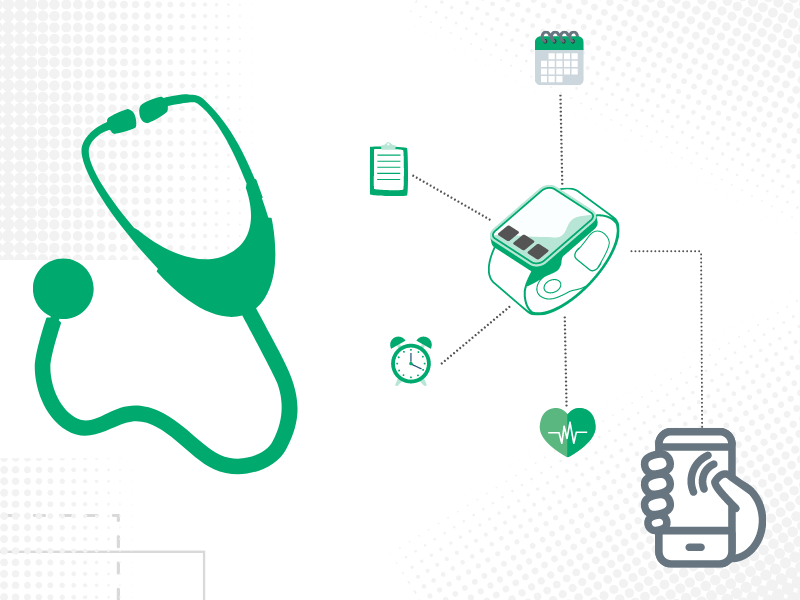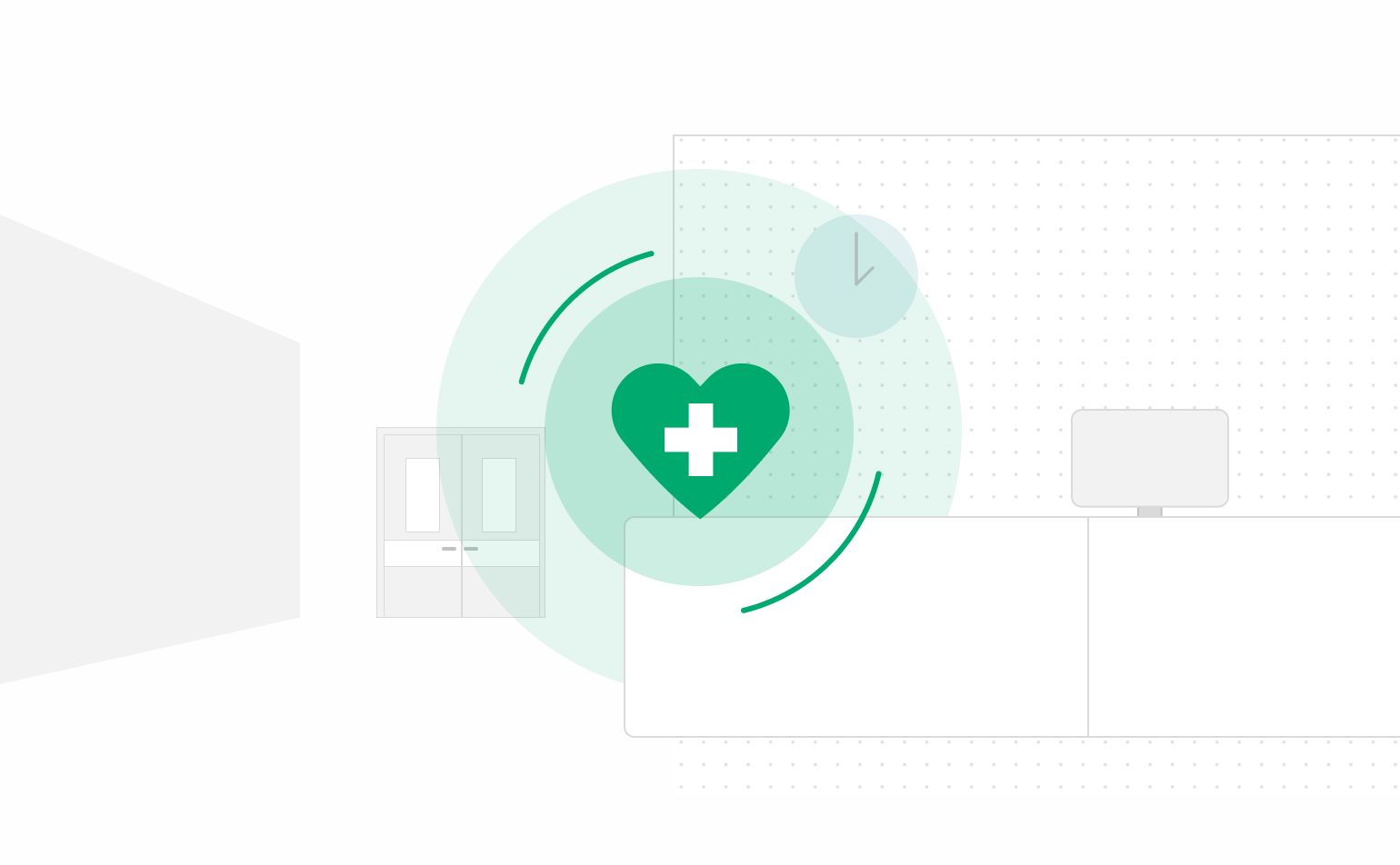
Nearly 80% of people have utilized wearable technology to monitor their health and wellbeing, and in the past few years, that usage has more than tripled across consumers of all ages.
These devices have been instrumental in revolutionizing the way that people monitor their health and wellness, and studies have shown that when people are actively aware of how their behavior affects their health, they are more likely to try to correct it.
Part of the reason that these wearable technologies are so impactful is that they are personalized. Each piece of technology can be customized to your situation, your normal, and your health goals. Additionally, these gadgets are completely portable and can be taken with you everywhere that you go without a thought. A smartwatch or Fitbit stays on your wrist 24/7 except for when it is charging.
This gives people a greater sense of ownership and it can help individuals place more emphasis on their health, their habits, and on making better decisions. We can all use help with that sometimes, and wearable technology is a fantastic, readily available reminder.
How Grand Studio Has Helped Shape the Future of Wearable Technology
Within the past few years, we have worked with two major healthcare providers to design and guide development on wearable technology that has vastly improved their patient response times.
The first company, a major medical device provider, asked us to help integrate an ASIC chip into their wearable biometrics that provided alerts to a patient’s medical staff for patients with high fall risk. This enabled the care providers to dispatch aid to a patient without having to wait for a cord to be pulled or a button to be pressed to alert them that their patient was in trouble. This wearable was essential in improving response times to potentially life-threatening situations.
In addition, this device was also able to alert medical staff to patients that weren’t being as active as they should be. In circumstances such as knee or hip replacements, patients need to get up and move for physical therapy. It also helped tell staff which patients needed more help.
Our other major project involved creating a blood pressure monitoring patch that connected to tablets to provide constant and accurate readings to both the patient and their clinical staff.
We designed this patch with women who were pregnant in mind to help them manage preeclampsia and the symptoms and danger that came with it. The patch would alert the staff when a patient’s blood pressure or heart rate went too far out of range, and the staff would then be able to call the patient to document their symptoms and provide recommendations as to how to get their blood pressure or heart rate lowered safely.
This patch allowed women to stay home longer without having to constantly travel to the hospital every time their blood pressure spiked or dropped, and allowed them to have more comfortable, and more importantly, safer pregnancies.
Future Trend of Healthcare Wearable Applications
As wearable technology continues to become more affordable, accessible, and commonplace, more and more healthcare professionals will be placing more emphasis on their use.
Currently, more than 50% of providers report that wearable technology is beneficial in patient monitoring. (1) They help monitor vitals, track medications, track sleep or lack thereof, and help follow how post-op recovery is going. For patients with diabetes, heart conditions, cancer, or any other long-term, chronic conditions, wearables can be instrumental in symptom management, ensuring that medications are taken on time and properly, and in alerting doctors of any potential declines in their overall health expediently.
The ongoing limitation has been that there is no clear-cut or standardized method of getting that information to healthcare providers. At the moment, most wearables require that the information that is collected be manually uploaded to a provider’s website or data-tracking system, though we are working with our clients to find better ways to automate this process and minimize user error, technical issues, and security and privacy concerns.
Despite this constraint, wearables remain an exciting potential solution to help in a key element of treatment: early detection. By providing health care providers with another tool that can help them detect, diagnose, and treat conditions, both patients and providers will benefit.
Want to learn how Grand Studio can help with your next project and build clarity out of complexity?
We’d love to hear what you’re up to, and we always love partnering with groups looking out for the greater good.
